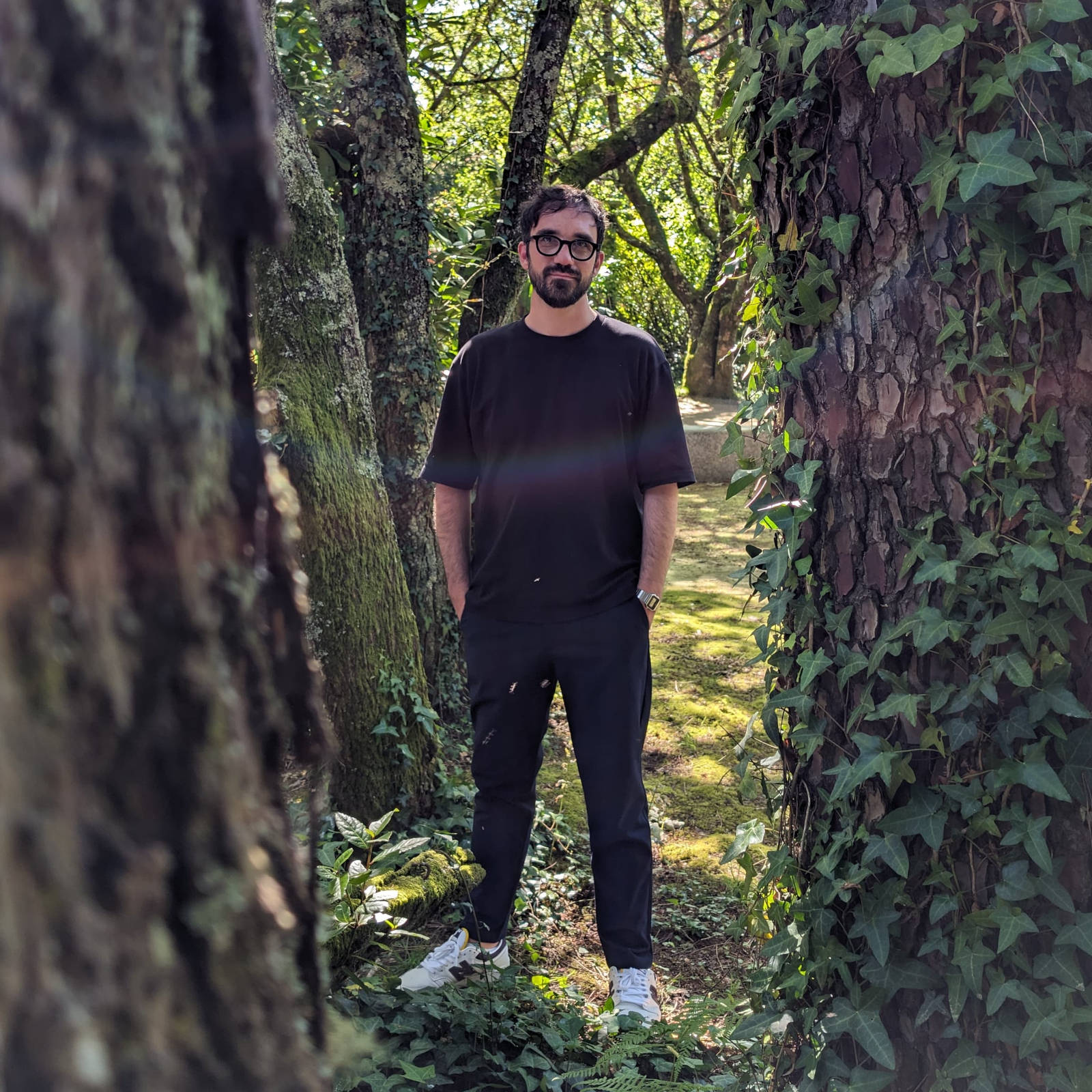A conversation with Yannick Gregoire
About a year ago I stumbled upon Yannick Gregoire’s profile on Instagram and was immediately fascinated by his work. Later, I came across some of his animations at DEMO Festival 2022. In this interview, I talk to him about the beginnings of his work with code, creative principles and his favorite tools.
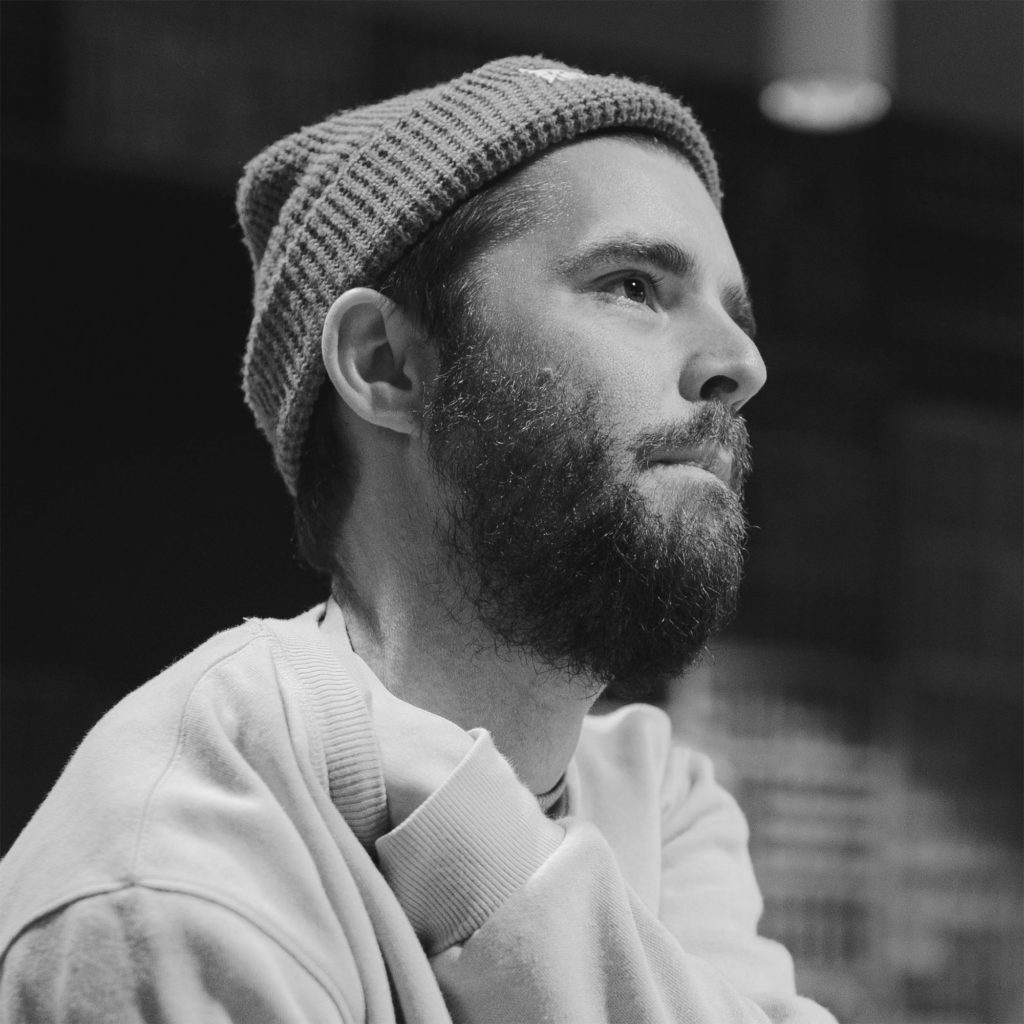
Hi Yannick, I’ve been following your work for a while now and I’m very glad you answered a few questions for us. Let’s start right away with what drives you. In your Instagram bio you defined a kind of manifesto that makes me curious. How are the three statements “Calm over chaos”, “experimental over predictable” and “learning over consuming” reflected in your work?
Hey TIm, thanks for having me on. Great question. I think for me these statements started out as an anchor for the visual aesthetics I was looking to produce, and the clientele I was looking to build for my business as a web designer / developer. At the time I was looking to actively shift away from advertising for wasteful consumption (consumer fetishism?), towards using my skills and building products that have a lasting positive social impact.
Slowly but surely though I feel these statements have transformed, or are transforming into the main pointers in my creative process. I’m a big believer of doing one thing at a time, and taking the time for it, if circumstances allow for that of course. I feel at my best when I have a calm mind and when I can give the amount of attention to projects that they deserve. I think one way to achieve this is to have a systematic approach to your work. A common theme in my work I think is that visual output is often based around a set of simple rules, in which there’s room to experiment. There’s a lot of beauty in the simple representation of complex systems.
Calm over chaos, experimental over predictable, learning over consuming.
What are the main motivators and inspiration when experimenting with code?
I guess for me, one of the main motivators for experimenting with code is finding out how certain visuals are made, and what the system behind it looks like. It can be print or motion graphics, art installations, games, websites etc.
Whenever I see an interesting visual I try to figure out the underlying “ruleset”. Most of the time I have a hunch of how something is made, and then try to replicate it with code. Almost every time though, I fail to replicate that exact visual or ruleset, but along the way come to new insights and experiment further with that. I also like to revisit old work and see if I can combine it with new insights I’ve picked up. For me there’s a lot of beauty in the simple representation of complex systems.
Turns out I’ve pretty much embraced the Conditional Design Manifesto: https://www.conditionaldesign.org/manifesto/
Apart from that I also get inspiration from technical wiki’s (https://en.wikipedia.org/wiki/QR_code), the MDN docs (https://developer.mozilla.org/en-US/docs/Web/CSS/scroll-timeline-axis)
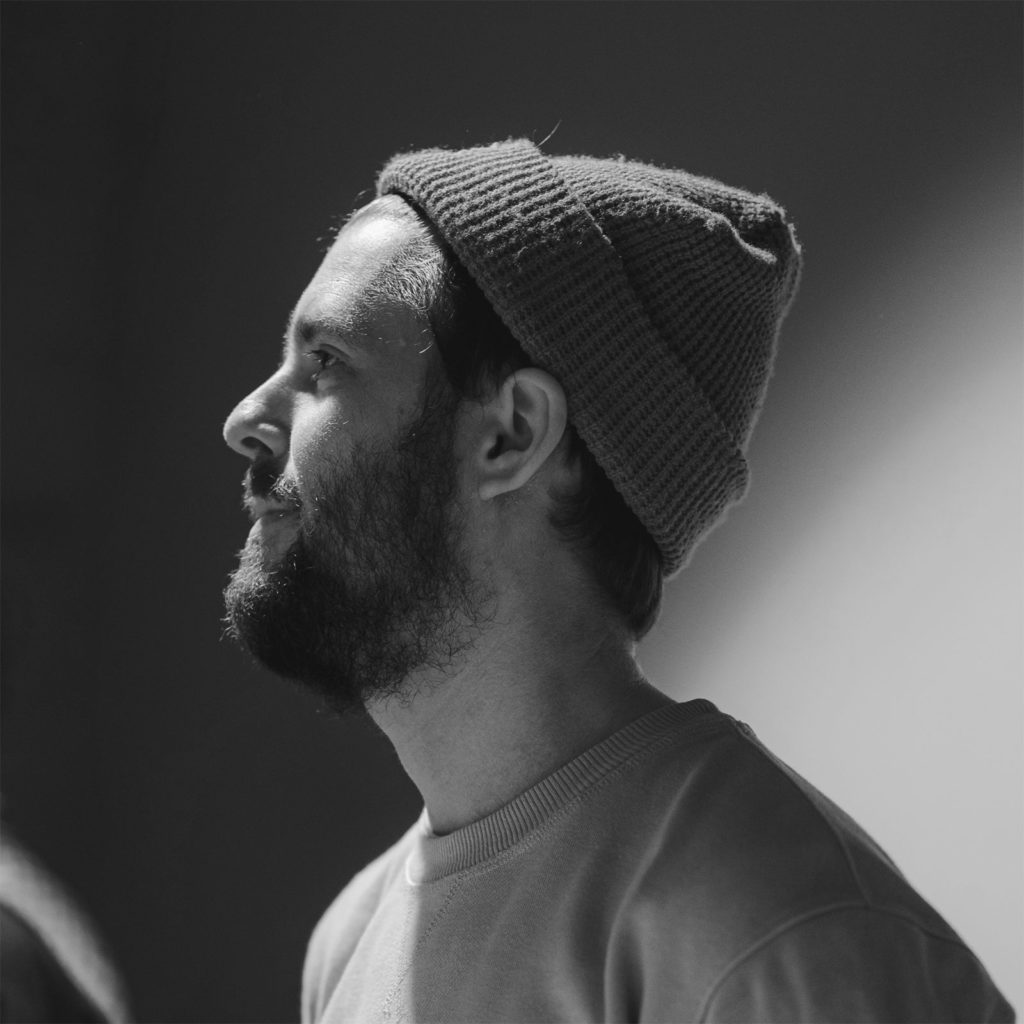
What does your workflow look like?
The specific steps taken really depend on whether I’m working for clients directly or for other designers or studio’s, but a common thing in my process is that I don’t work with a predefined final visual in mind. It really depends on the context, but for instance when it’s just me working on a project, I start with research on the given topic and form a concept that I find interesting and fits the clients needs. Often, I immediately start sketching out my ideas in raw HTML / CSS and JavaScript, and use those to give the project its final form. The techniques I use define what it’s going to look like eventually. My skillset is my toolbox, from graphic design to motion graphics to coding.
When I work with a design studio, it’s a different story and it becomes much more a collaboration between the designers, the wants and needs of the client and me, where I take on the role of a front end coder much more.
What topics do you always come back to and are drawn to the most and why?
I’m very much drawn to lo-fi aesthetics. Ascii art, pixel art, C64 colors, command lines interfaces, code editors, BIOS, I/O etc.
I think that’s because my work revolves around exposing or communicating visuals through a system or ruleset rather than the visual itself. Designing after the fact feels unnecessary to me, and I try to stay away from trends as much as possible. I like to kind of provide a view into the source code, as in: Look at what this piece of code can do!
Other than that I believe that working with tech, and designing visual systems makes you reflect on the system you’re currently living in yourself. At least for me it has impacted the way I see my direct environment. The lo-fi aesthetics are also a product of trying to consume less resources. Less bright pixels means less energy “wasted”. Ascii art can be seen as a tool to upscale low quality video footage. Using generative code to create unique visuals, instead of using high energy consuming render-farms to create one single image.
How do you think coding could impact graphic design in the next 10 years?
Oof good question. I’m a bit torn on this topic. On one hand, looking back 10 years, we can say coding has always been a part of graphic and motion design to some degree. It has become more accessible with better tooling and a growing community, but at the same time it feels to me not a whole lot has changed. So I can see that same slow process continuing for the coming 10 years.
On the other hand I think we’re seeing the shift where traditional graphic and brand designers are embracing code more and more. We’re going to see that being adopted in the industry more widely. I feel brands are embracing the generative nature graphic design can have more and more. I think eventually, graphic and brand designers will not be designing the final visuals, but rather the tools and software for brands to create visuals themselves.
It’s also hard not to imagine a near future where AI services will be a big part of the designer’s toolkit, including that of creative coders (if that isn’t already the case). We’re in super exciting times with lots of opportunities for coders and designers alike to experiment with these tools. Seeing the progress in the field of image-, video-, 3d scene- and code generation and having experimented with some of these tools myself, I can totally see my work changing from coding to prompt designing, which is exciting! We do have to be cautious though, and not lose the human aspect/touch of design and code.
When you look back on your journey with code, what comes to your mind? How did you start?
For me experimenting with code, started pretty early. I remember reading an article in elementary school about HTML, and how you could make your own website with it. That’s where it started for me. I was blown away with the fact that writing weird looking characters in a plain text file could be transformed into graphics, and how “color: darkslategray;” would translate to the most beautiful color in the browser.
On the weekends I would have a friend over, and at night we would sneak downstairs, boot up my parents’ PC, and make fictional websites on Homestead or Geocities for our local skateshop, haha.
From there I got into DHTML and Flash Actionscript. That’s when a whole new world opened up for me. Having the ability to make visual elements interactive. Using code to play timeline animations, change colors, and play with dynamic text.
Since then I’ve always been moving in the realm of graphic- and motion design and coding. Sometimes leaning more to design and sometimes more to coding. Coding can be a great addition to your toolkit as a designer. Not only because it gives you more practical options, but also since it’s based on logic rather than emotion. It can be a great relief to be able to switch between either of those, depending on your mental state. For me in times of crisis and grief, I noticed (creative) coding has been a helpful coping mechanism.

What would you like to see more of within the creative Coding community?
To be honest I feel like I only just got in touch with the Creative Coding Community and I’m just discovering all the different forms it can have and the talent that moves within it. From my perspective, the community mainly revolves around graphic design made with code. But it’s so much more than that.
I really enjoy attending live coding sessions where people are performing with music and visuals while programming live. You really get to see the rawness of the creative process. So I’d love to see more accessible meetups/workshops/festivals where knowledge (code) and work is shared. Be it in the form of design or art. I think you’ve done a great job voicing the Creative Coding community during the DEMO festival and I’d like to see more of that happening.
On the flipside I’d also like to see more of me giving back to the community, by sharing more insights in my process and open sourcing code.
HTML, CSS or Javascript? 😉
HMTL for its simplicity (https://developer.mozilla.org/en-US/docs/Learn/HTML/Introduction_to_HTML/Getting_started#anatomy_of_an_html_document ), CCS for its legacy color names (https://stackoverflow.com/questions/3811973/why-is-darkgray-lighter-than-gray ) , and Javascript for its quirks (https://www.destroyallsoftware.com/talks/wat ). All of the above for their great communities.
Any frameworks you really love?
Plenty! With some I have a love/hate relationship though. In no particular order:
- Vue (https://vuejs.org/ )
- Threejs (https://threejs.org/ )
- Svgjs (https://svgjs.dev/docs/3.0/)
- Svelte (https://svelte.dev/ )
- React (https://reactjs.org/ )
- P5js (https://p5js.org/ )
- Paperjs (https://github.com/paperjs/paper.js )

Creative Coding and Typography can sometimes be tricky to pair especially for beginners that work with Processing for example. You combine the two fields in a very unexpected and creative way, what makes it a great pair to you?
In my experience, working with type is always tricky. Especially because you know someone put effort into the design of a typeface, and you don’t want to misuse that in your own designs. You either try to design around a typeface, or you try to fit a typeface in your design, which can feel limiting. (Not sure if I word this correctly…)
Lately, the approach I have towards most typefaces is that they’re (simply?) a repetition of patterns and a modular system on their own. That goes for the complete typeface, as well as for every individual character. There’s always some logic or ruleset involved in the design of a typeface.
Viewing type in that way gives you the freedom to kind of break with the traditional layout conventions and use it as visual input for lets say a generative system. You get to deconstruct a polished product and use it as data, in a raw and more forgiving manner, which is a lot of fun. I mean, ultimately typefaces are SVG files which contain information you can manipulate with code. It’s vectors, paths and math all the way down.
But the other way around also works. I’m a big fan of old-school BIOS pixel fonts (https://int10h.org/oldschool-pc-fonts/fontlist/). What I love about pixel fonts is that you can see every individual character as a grid. Viewing grids this way – as a framework for type – can be an easy starting point to creating your own dynamic typeface.
What makes a great Website?
There are different ways in which a website can be great of course, depending on the goal they have.
For me it’s great to see websites that do one thing in a functional unexpected way, but do it really really good. Or to see websites using browser features in ways they were not meant to be used for. But mainly I love seeing websites with a personality that uncovers something about its creator(s), that are unpolished, rough around the edges. Especially in the age of big tech and social media I find it great to find websites that are a creative outlet for people, whether they’re a designer/developer or not.
On the other hand accessibility and useability shouldn’t go overlooked, so any website that somehow manages to combine all of this gets a “well done” sticker from me.
As creative coders we are constantly learning and discovering, what do you want to learn/discover next?
There’s still so much to learn, it’s hard to choose! I’d love to dive deeper into type design and specifically variable type design. I’ve always been drawn to the topic but I was blown away with Lena Weber’s recent gradient typeface. It has reignited that type spark. But I’d also want to explore live-coding more. Any tools you can recommend? Other than that I’m looking for ways to share the knowledge I’ve built up over the years. So I guess you could say I’m learning how to share!
Please share some of your favourite links
Answer In no particular order:
- https://solar.lowtechmagazine.com/about.html
- http://viznut.fi/unscii/
- https://www.design-research.be/by-womxn/
- https://hub.xpub.nl/sandbox/~markvandenheuvel/index.html
- https://ianmaclarty.itch.io/catacombs-of-solaris-original
- https://wow-web.co.uk/
- https://nonymous.com/
- https://symphonyinacid.net/
- https://solar.lowtechmagazine.com/about.html
- https://www.velvetyne.fr/
Follow Yannick
Enjoying the content?
Since 2018, I have published 242 interviews, case studies, and tutorials, along with over 348 lessons in 23 online courses – and there's more to come! If you want to get full access or simply support my work and help keep this platform thriving, please consider supporting me on Patreon. Thank you very much!
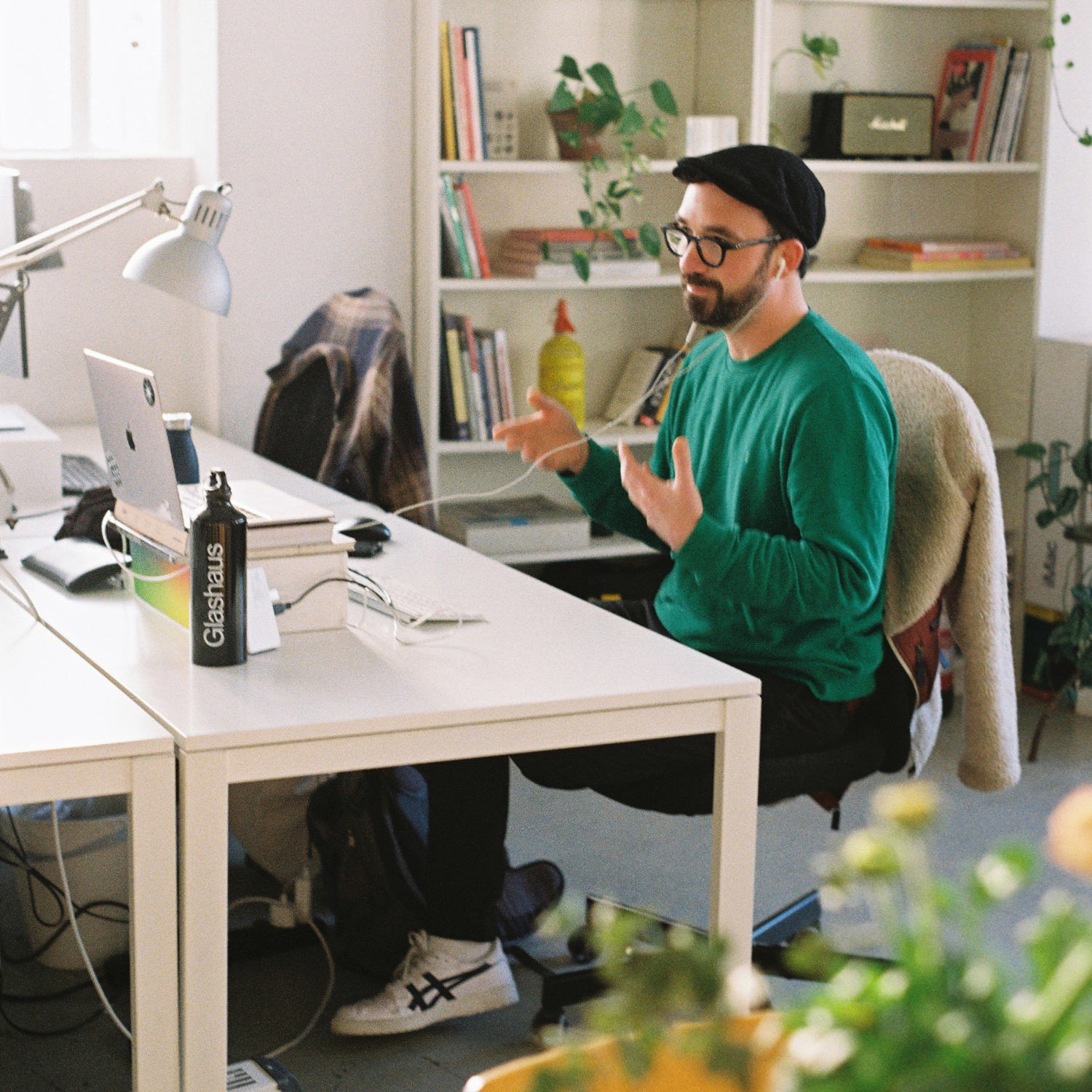
Related

 Lo-Fi Collage Machine
Lo-Fi Collage Machine
Click here to login or connect!To view this content, you must be a member of Tim's Patreon at €10 or […]
 Nico Landrieux on the Intersection of Ballet and Code
Nico Landrieux on the Intersection of Ballet and Code
I am totally thrilled to introduce Nicolas Landrieux to you today. We met a few years ago at one of […]
 Raquel Meyers – The Tool is the Message
Raquel Meyers – The Tool is the Message
Let’s begin here: A myriad of new technologies is accelerating our world at a breathtaking pace. I’m not interested in […]
 Kit Kuksenok on p5.js 2.0
Kit Kuksenok on p5.js 2.0
In 2025, both Processing and p5.js made major leaps forward in the development. I had the great opportunity to speak […]
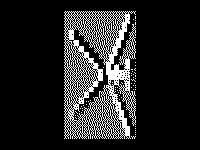 Diogenes meets Demo Festival
Diogenes meets Demo Festival
Below is the written version of my talk at DEMO Festival in Amsterdam, January 2025. I’ve also recorded an audio […]
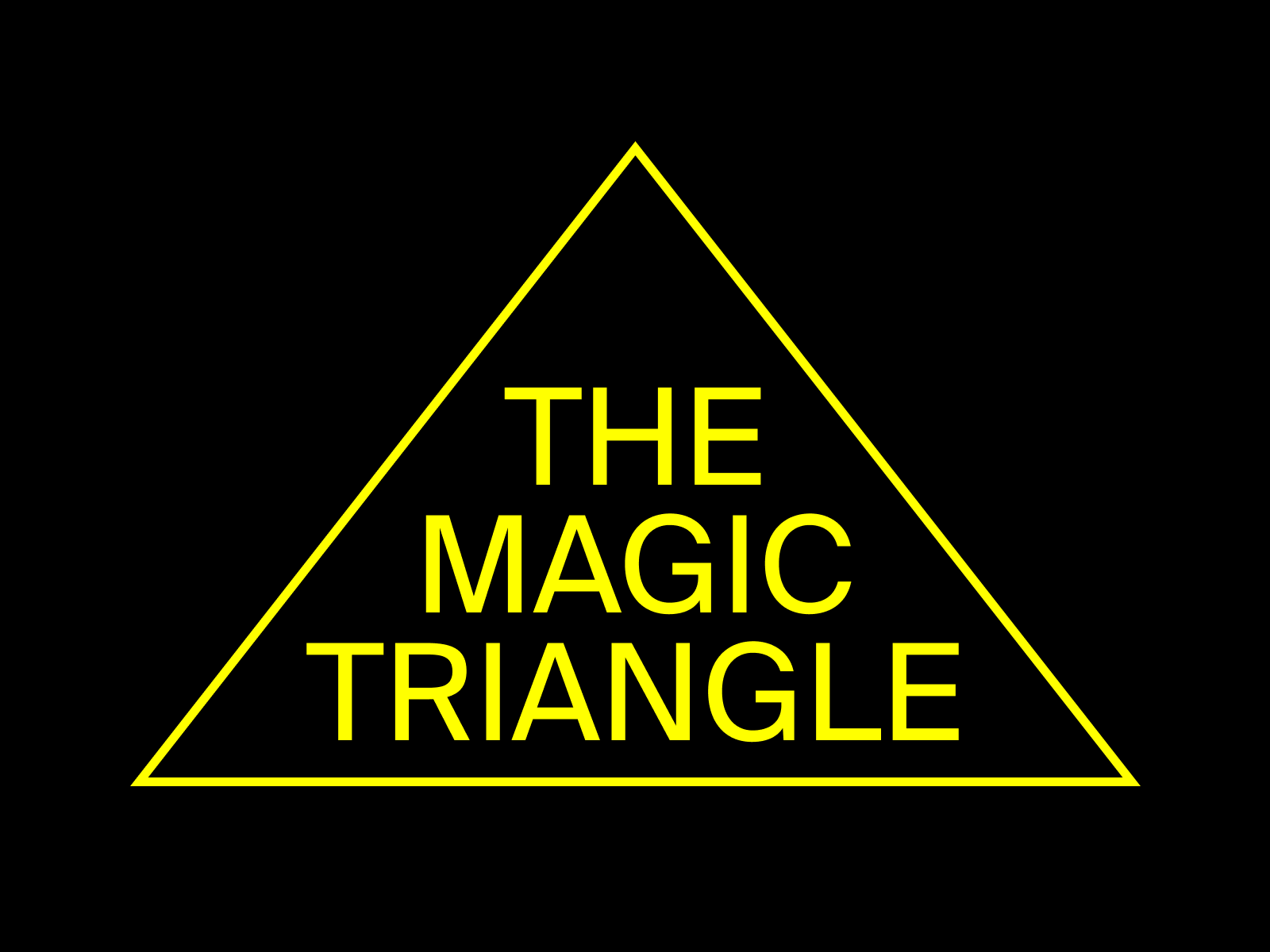
 The Magic Triangle
The Magic Triangle
The Magic Triangle is a powerful creativity technique that can be applied to many different areas.
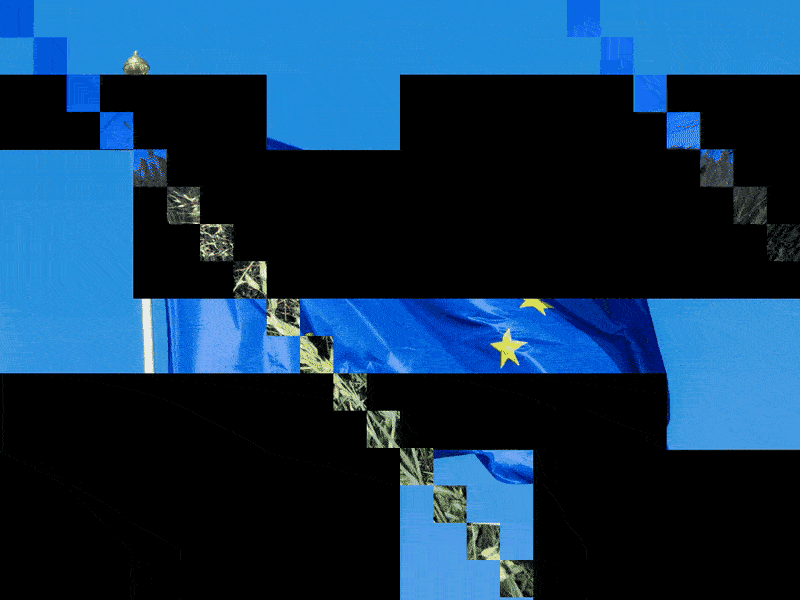 Design is dead – long live Design!
Design is dead – long live Design!
I have been observing developments in design for 40 years. That may sound strange, as I’m only forty myself, but […]
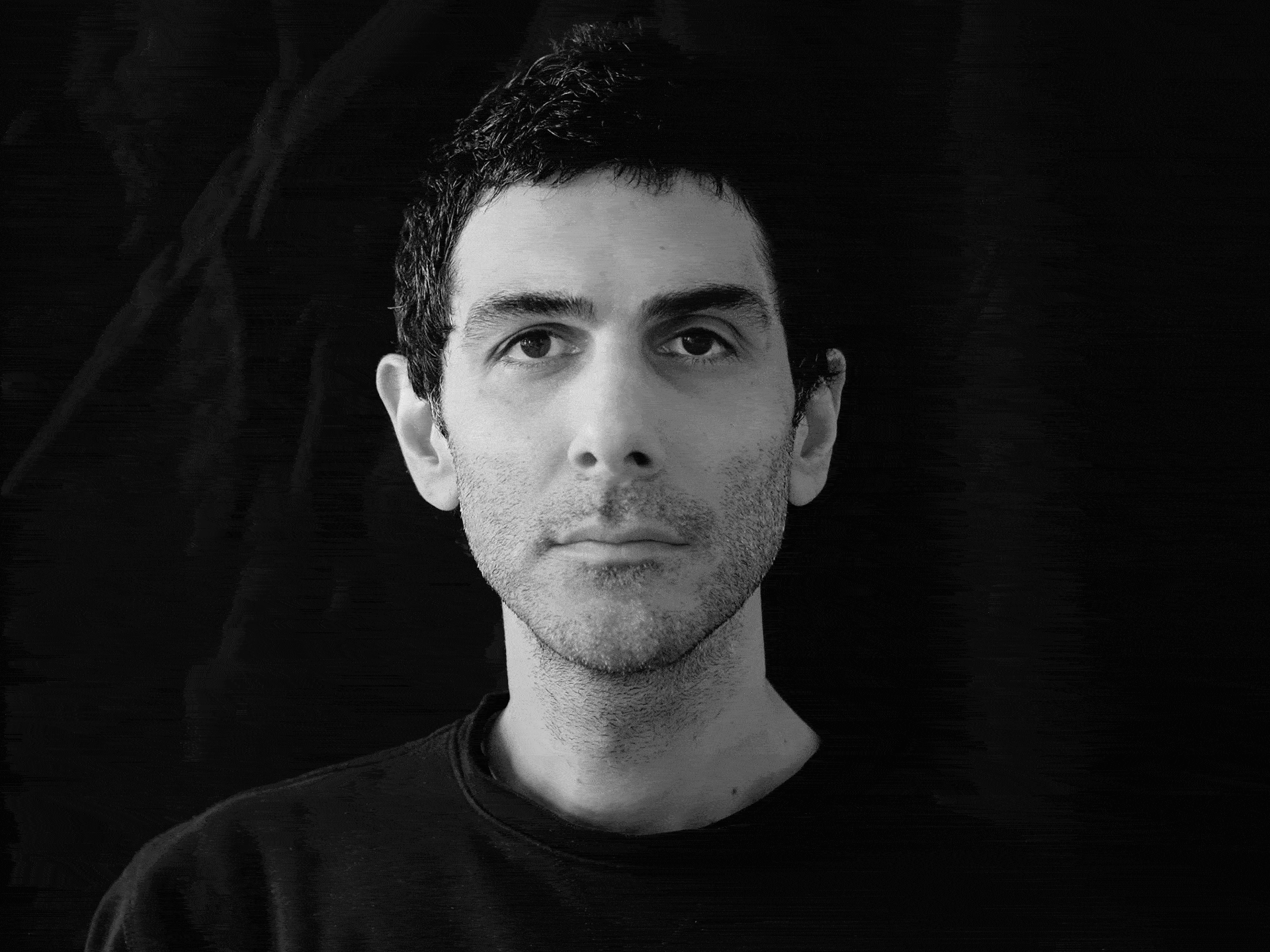 Omid Nemalhabib on Design within Limitations
Omid Nemalhabib on Design within Limitations
I met Omid Nemaldhabib quite coincidentally in Rotterdam in 2022. He comes from Tehran and ran a design studio there […]
